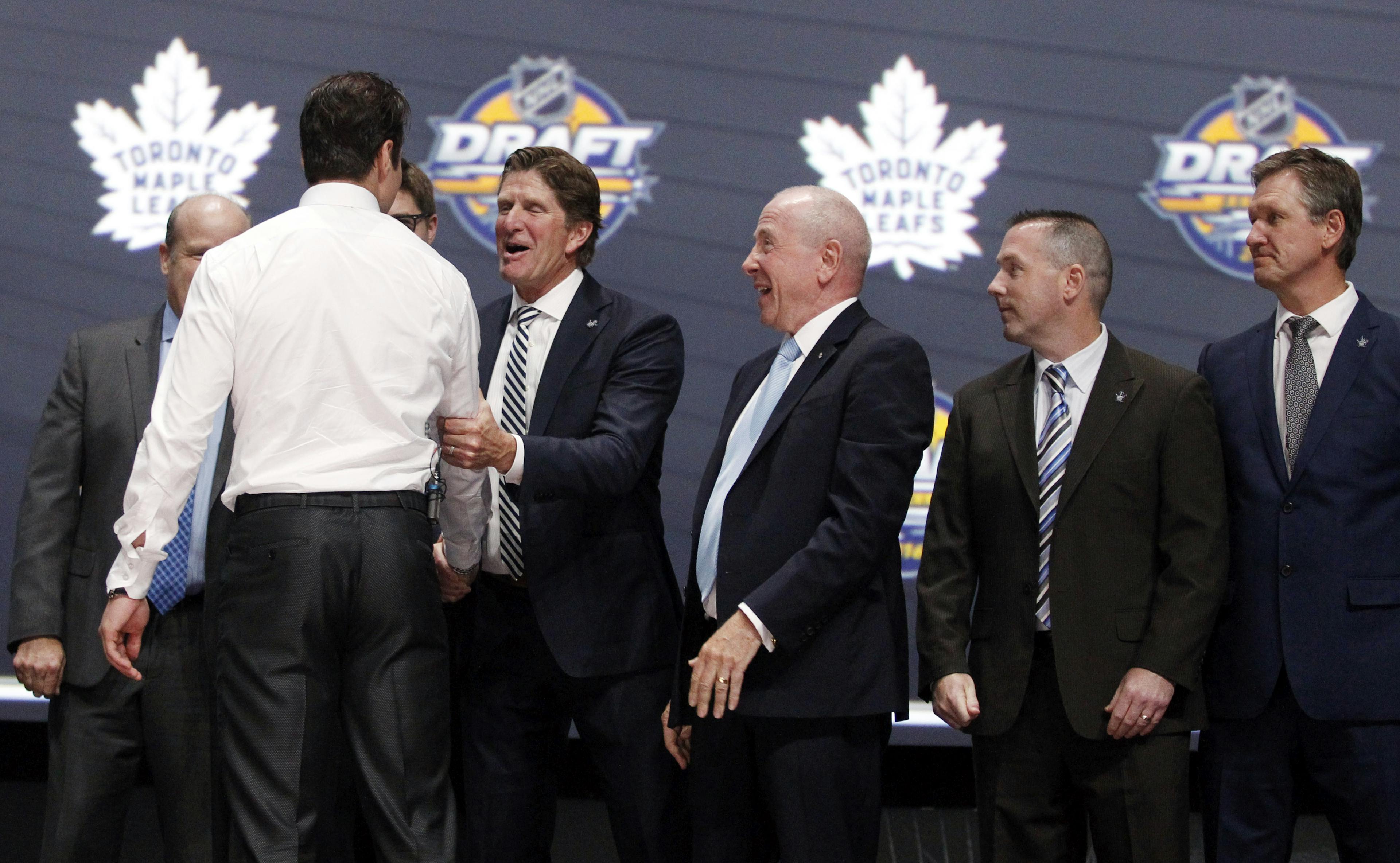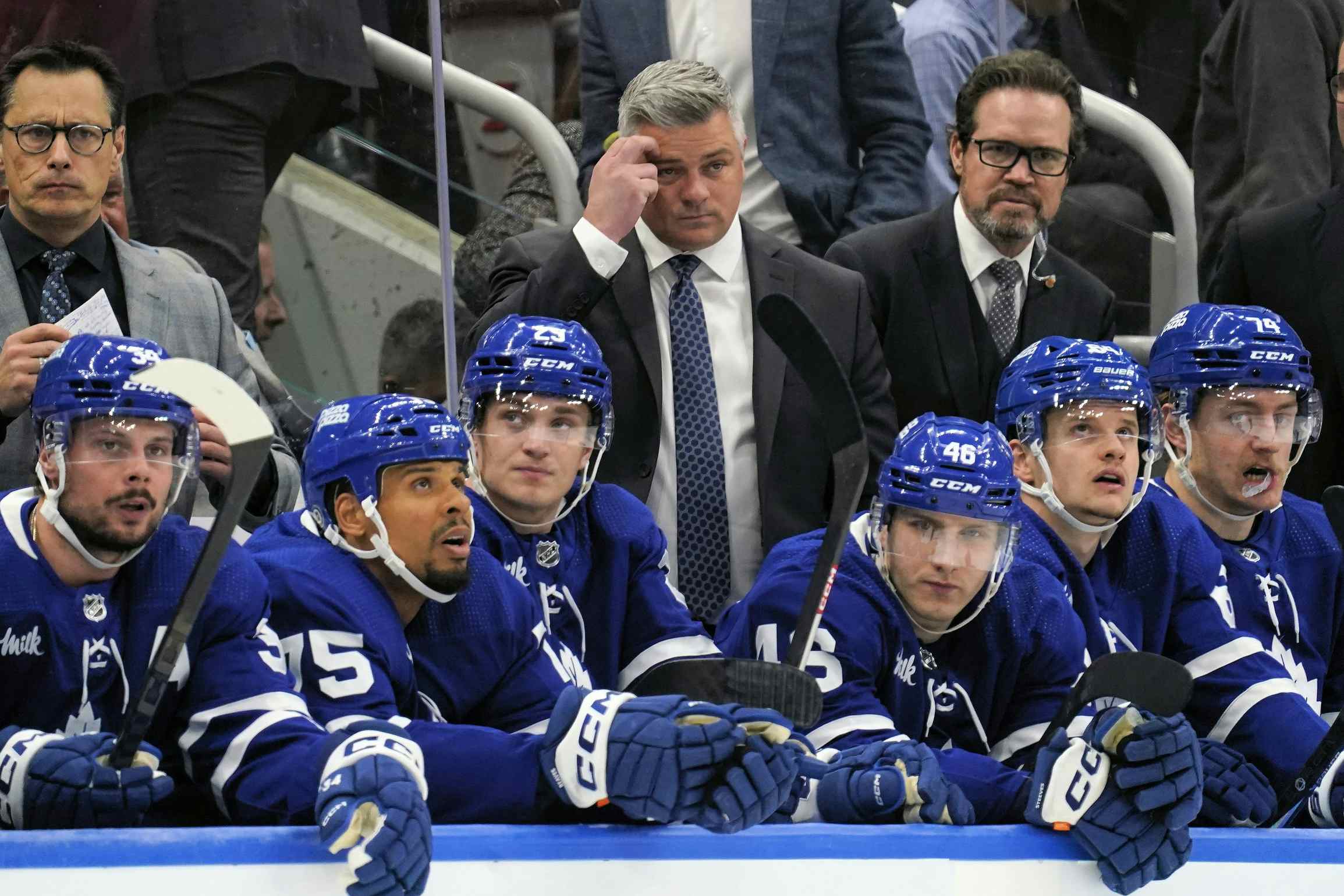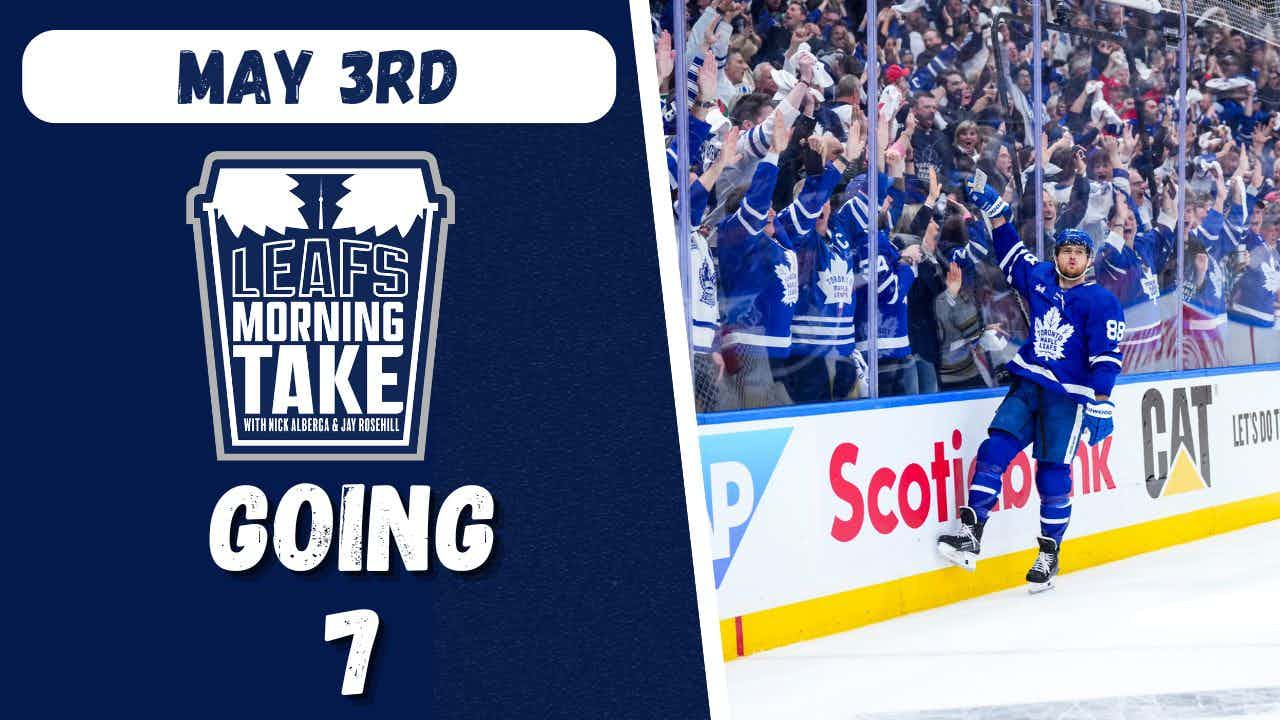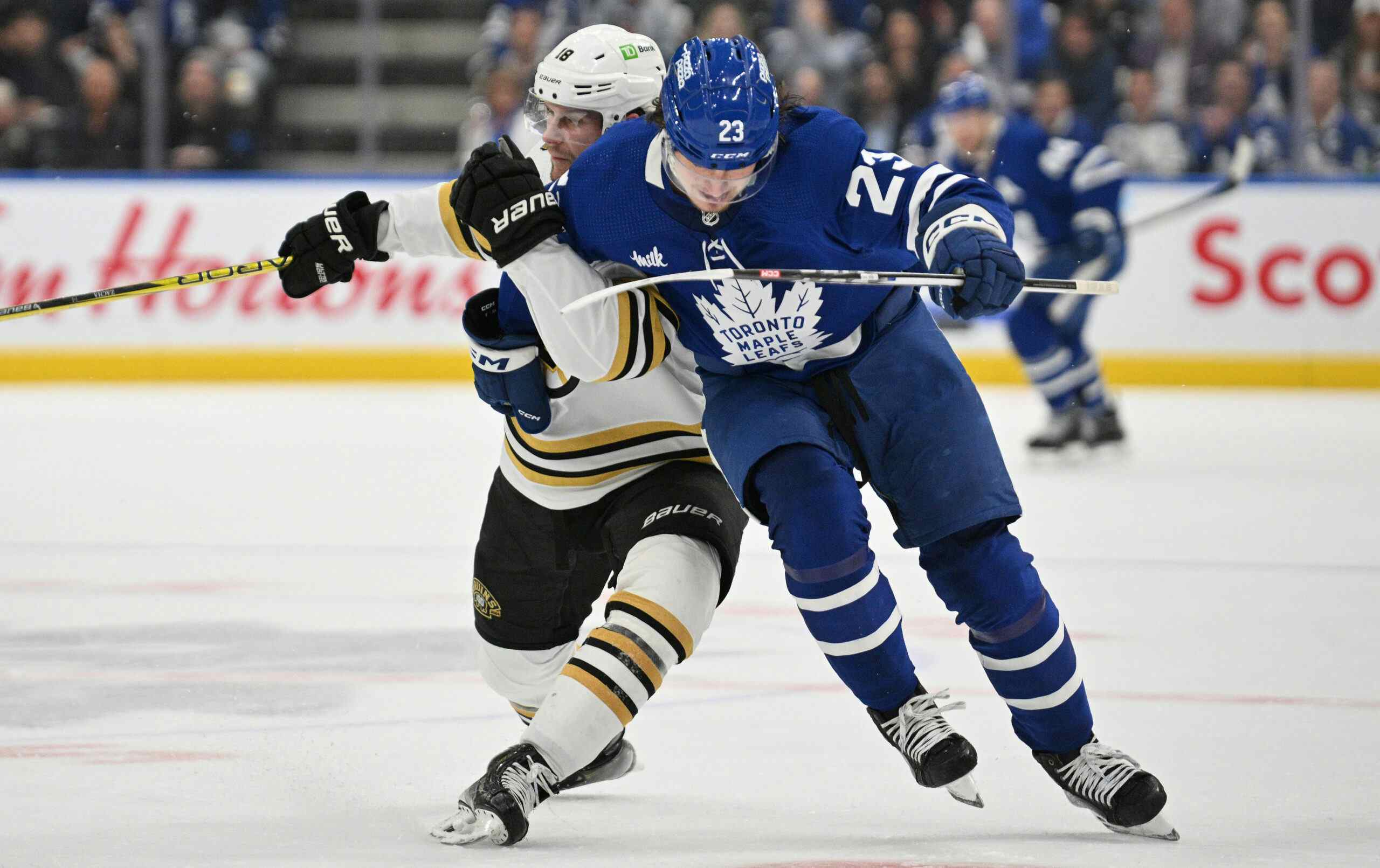Picking the best defenceman available at the draft might not be as obvious as it seems

By Ian Tulloch
6 years agoWith Toronto’s lack of defensive prospect depth, there’s been a lot of discussion lately concerning whether or not the Leafs should target a defenceman with the 17th overall pick. While most draft pundits typically agree that selecting the best player available (BPA) is the smartest way to maximize the value of the pick, it’s hard not to take the organizational need for defence into account. When you look at the public’s perspective on this issue (ie. in Pension Plan Puppets’ latest poll), there are clearly two different schools of thought amongst fans:

This got me thinking: how quickly can we reasonably expect a defenceman drafted 17th overall to contribute at the NHL level? Considering that the Leafs need help on D sooner rather than later, it would help to know if the player that they draft in this position will be able to make the jump to the NHL in the near future (within the next year or two), or if they’ll be more of a long-term project (3+ years away).
To get to the bottom of this, I decided to do some research. I looked at defencemen drafted between picks 15 and 20 since the 2005 lockout and determined how long it took those players to reach the NHL. For the purposes of this mini-study, “reaching the NHL” will refer to their rookie season, in which they played at least 25 games at the NHL level. Here are the results:

*Luca Sbisa played 39 games with the Flyers in 2008 before being sent back down to junior (he didn’t return to the NHL until 2010)
The 2012 Draft is the last year in which each defenceman selected in the 15-20 range made it to the NHL level, so we’re going to exclude players selected afterwards (2013-2016) to minimize sampling bias. For example, it’s very possible that all 4 defencemen in this table from the 2016 Draft will make it to the NHL level, but only Jacob Chychrun did so in his post-draft year. If we were to use him as the only player in our sample from the 2016 draft, it would unfairly skew the average number of “Years Away” that a defenceman selected in that range is from the NHL. Because of this, we will only be looking at defencemen drafted between 2005-2013.
The magic number here is 2.6 – this is the average number of “Years Away” defencemen in our sample were from making it to the NHL. It’s worth noting that this doesn’t take into account the players who never made it to the NHL (4 of the 17 players in the sample), in addition to the Luca Sbisa situation. When you account for these factors, it’s probably more realistic to assume that it takes closer to three years for the typical defenceman drafted in the 15-20 range to make it to the NHL. Now, it’s worth noting that this is a trend over the last decade and not a set-in-stone template. It’s very possible that Callan Foote, Nicolas Hague, Juuso Valimaki, Erik Brannstrom, or Conor Timmins may be able to contribute at the NHL level as early as 2018, potentially even this upcoming season. This definitely isn’t impossible, but recent history indicates that it’s improbable, so I’d recommend that we adjust our expectations accordingly when projecting the development of these draft eligible prospects.

If your argument for targeting a defenceman in the first round is based on Toronto’s shoddy prospect depth on the back-end, I completely understand your line of thinking. If you’re more concerned with the team’s current defensive struggles though, I think it’s important to remember that defencemen picked in this range are typically about three years away from becoming contributors at the NHL level. If you believe that one of these defencemen is the best player available (independent of position), then it’s a very easy choice to select them, since they provide both value and a position of need. To make things interesting though, let’s assume that a high-end forward slips in the draft.
If someone like Elias Pettersson, Cody Glass, or Nick Suzuki is still available at pick #17, Leafs’ management has a difficult question to ask themselves: would they prefer the forward with arguably higher upside or the defenceman who will help fill out their prospect pool? Essentially what it comes down to is whether or not the Leafs should select the best player available (BPA) or the best defenceman available with the 17th overall pick.
What do you think they should do?
Recent articles from Ian Tulloch





